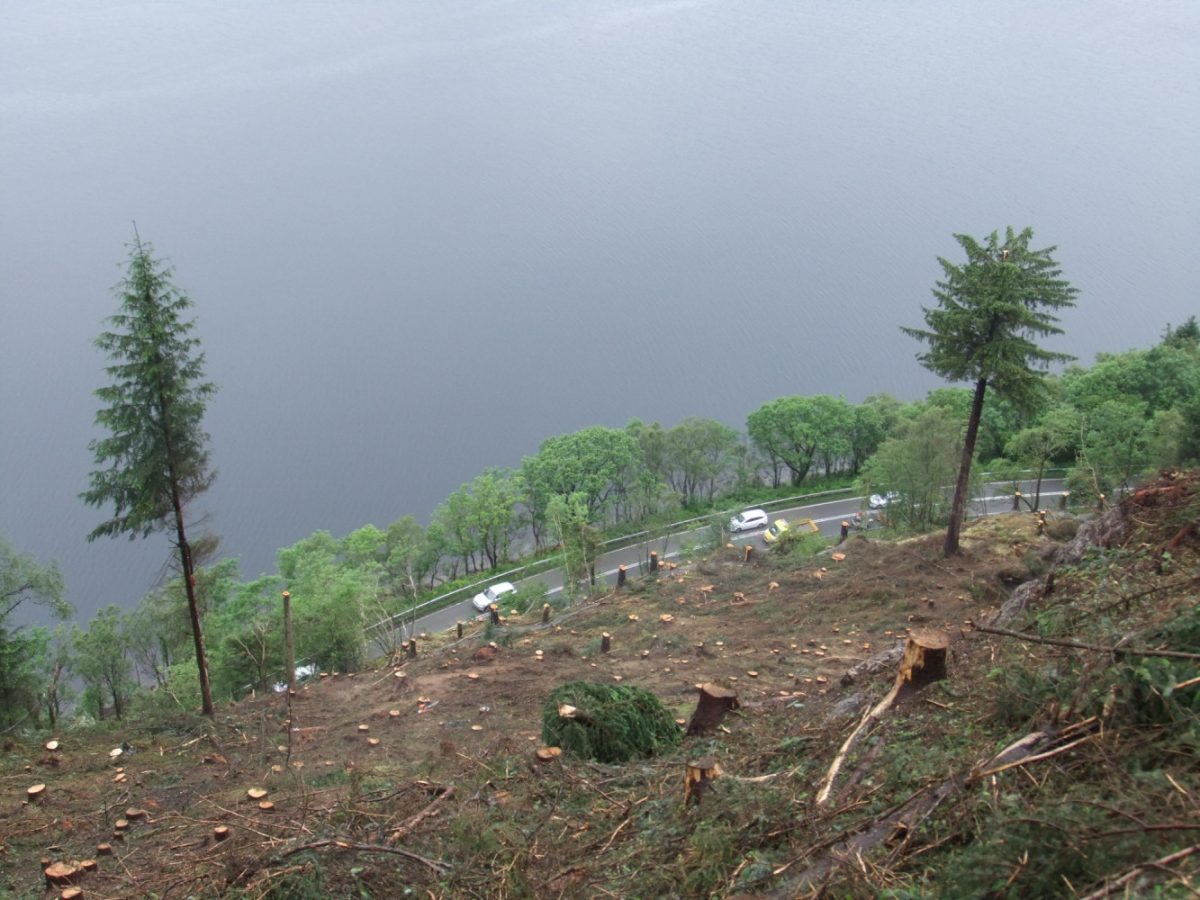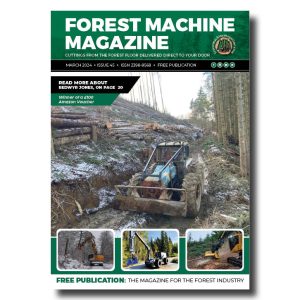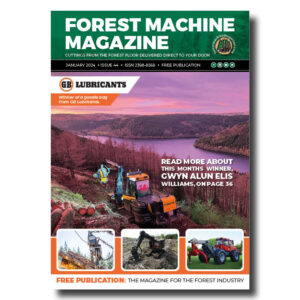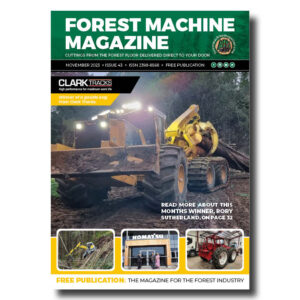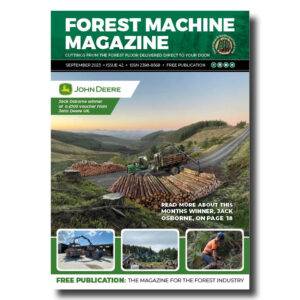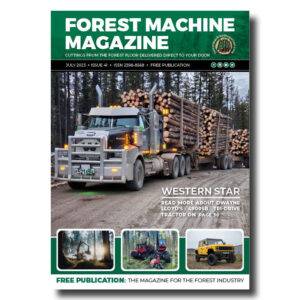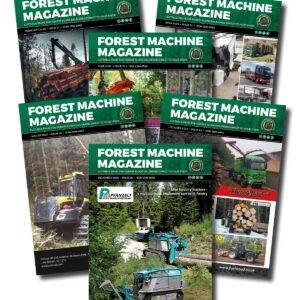The A82 project is removing non-native conifers along the Loch Ness to mitigate against future hill slips and protect this iconic road. FLS contractors are currently working on an area four miles from Drumnadrochit.
Part of FLS’ long-term steep ground felling work along the length of the A82, the next phase of work, which will run from April until the end of June, will see large trees being removed from a slope that in places is 80-90 per cent sheer.
We are currently removing mostly Douglas firs, which were planted on the hillside around 90-years-ago, making them some of the earliest plantings by the Forestry Commission in Scotland. These giant trees are now getting too large for the landscape and causing a potential risk to environmental stressors such as windfall. This creates a safety concern since the trees are located on a steep hillside over the loch and road.
The Douglas firs are being replaced with a rich native natural woodland, which will be more sustainable for the future and will build more resilience into the hillside. The project, which started in 2012, will take up to 25 years to complete. This is due to the scale but also the complexity of the landscape and technical aspects of the project.
FLS Planning Manager Ian Allsop, said; “This is without question the most challenging phase of the work that we have undertaken.
“Harvesting is generally a hazardous business. Factor-in bad weather and it becomes trickier still. But add to that some incredibly steep ground and you are faced with a job that needs to be done slowly, with exceptional attention to detail and by people who are absolutely at the top of their game.
“Safety precautions are always in place and of the highest standard no matter where on the hillside we have been working.
“This continues to hold true for the work our team will be doing over the next few months. However, the only thing that will affect road-users will be the ongoing traffic management, which is a key element of our safety measures.”
Who we’re working with
This is a massive partnership program and it’s wouldn’t be possible without the ongoing effort and support from our geotechnical engineering consultants, emergency services, Transport Scotland, Traffic Scotland, Bear Scotland, Duffy Skylining and The Highland Council.
Traffic management
Safety is our number one priority for this project, therefore we are using red-to-red traffic management systems to stop the flow of traffic while we are felling and removing trees from the site.
This will cause delays around the site, for real-time travel information you can visit Traffic Scotland.
-
That’s a remarkable amount of work hours for a single machine, the Norcar 600 owned by Erkki Rinne is taken well care of, it even has the original Diesel engine.
-
Kieran Anders is a forestry contractor working in the lake district. His work involves hand cutting and extracting timber using a skidder and tractor-trailer forwarder.
-
It is not possible to eliminate chain shot, but there are simple steps that can be taken to reduce the risk.
-
Arwel takes great pride in the fact that the mill has no waste whatsoever, “the peelings are used for children’s playgrounds, gardens and for farm animals in barns in the winter and the sawdust has multiple uses in gardens and farms as well.
-
Timber hauliers need to encourage young blood in, and also look after the hauliers we have, we need make the sector a safe and positive place to work.
FIND US ON
Related Posts
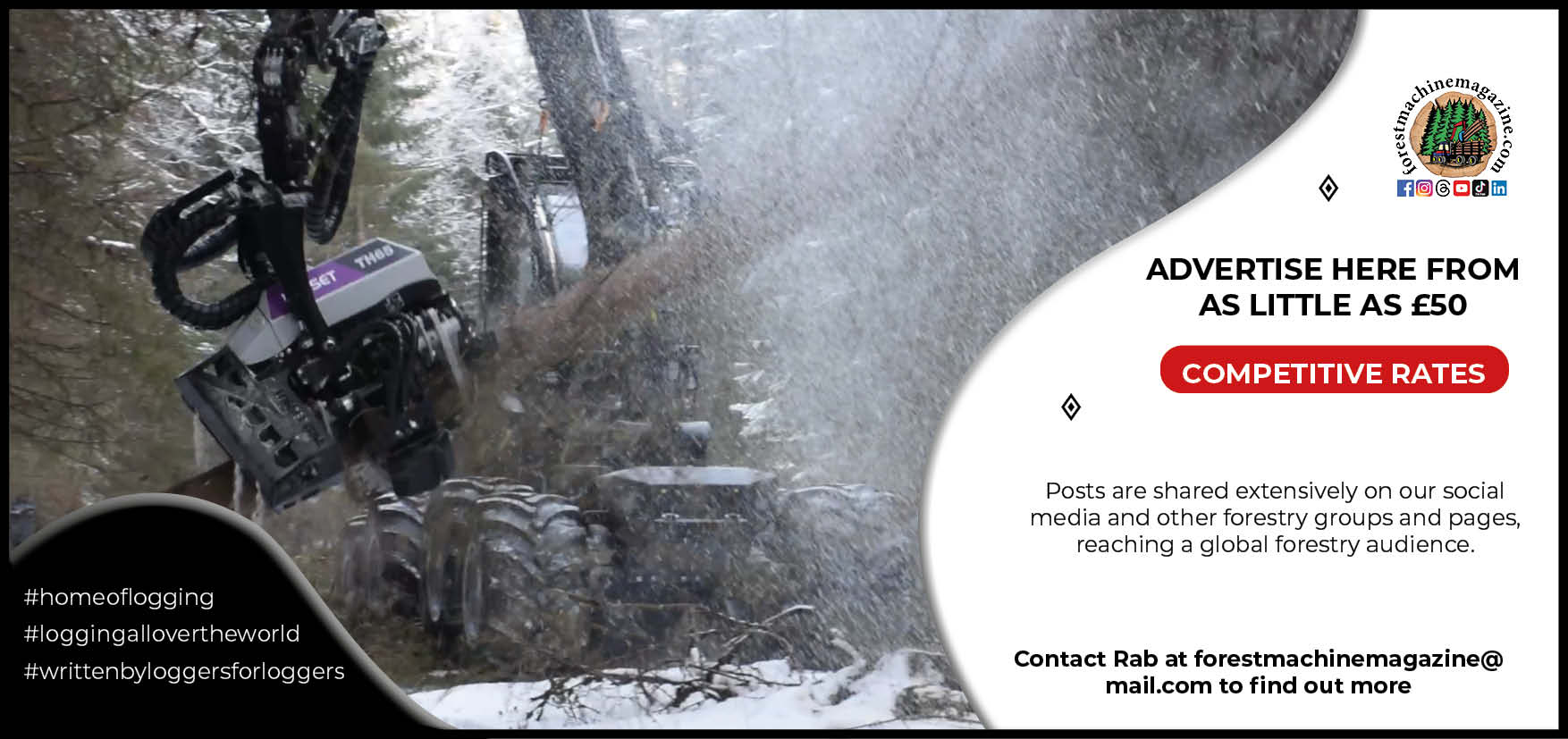

Safety fencing
Due to the steepness of the hillside and the geological make-up of the landscape we have installed large safety fences along the site. These are in place to catch any falling rocks or debris, which may come loose during the harvesting operations.
Steep ground felling
Large-scale harvesting operations have been underway above the A82 since the start of the 2013. The initial operations started at Glen Righ (south of Fort William).
We are currently working south of Drumnadrochit at a site called Barksheds. Skyline extraction is being used to compensate for the steep terrain the trees are located on. This highly technical forestry technique uses industrial cables to remove trees from the hillside.
Photos of the site
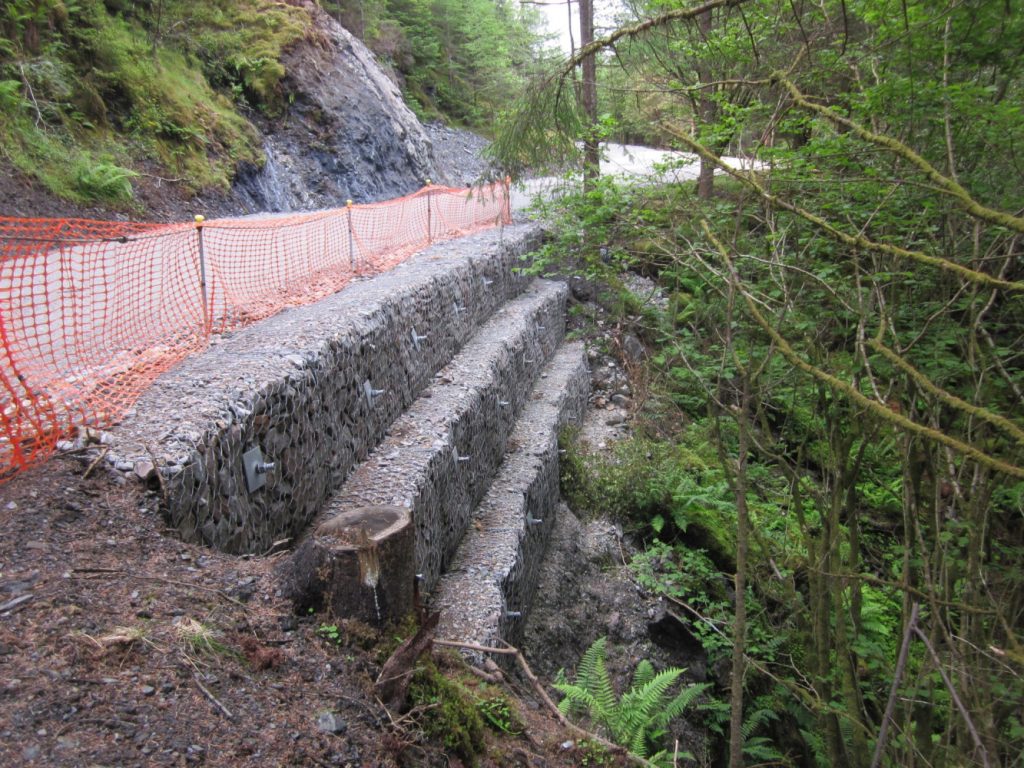

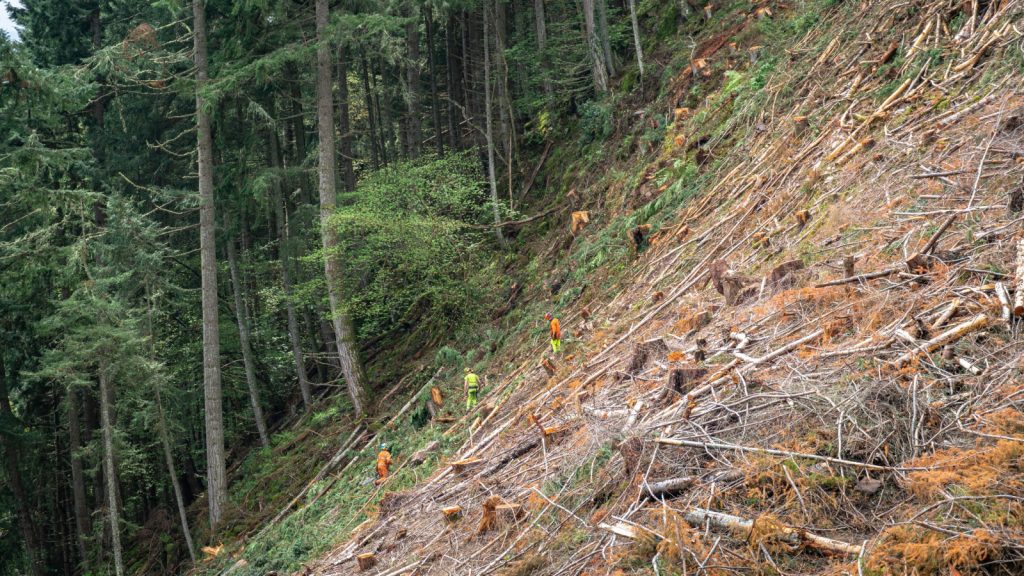

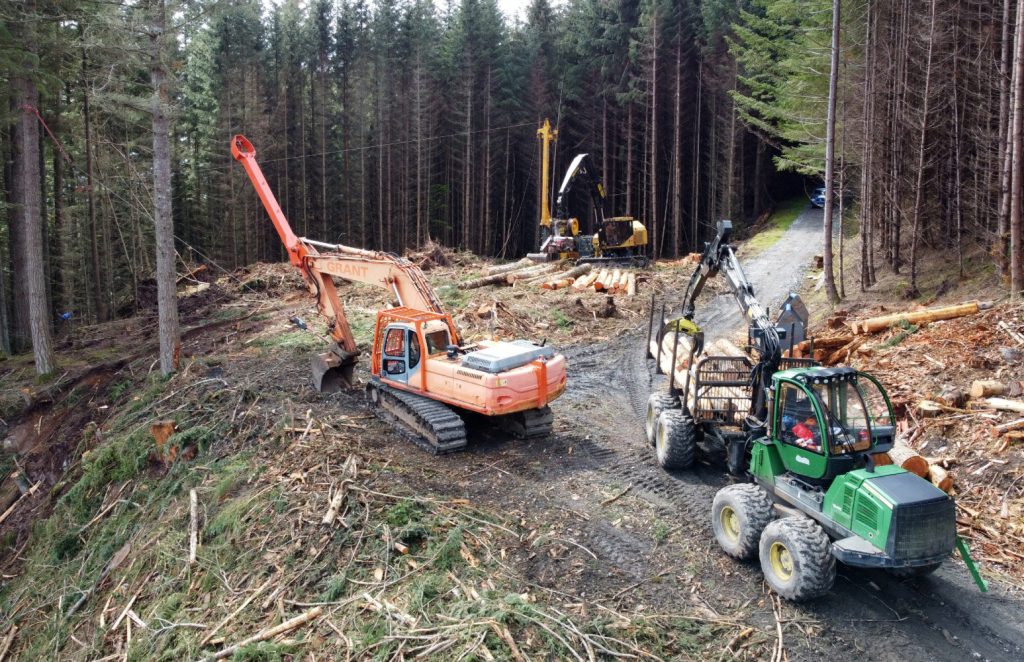

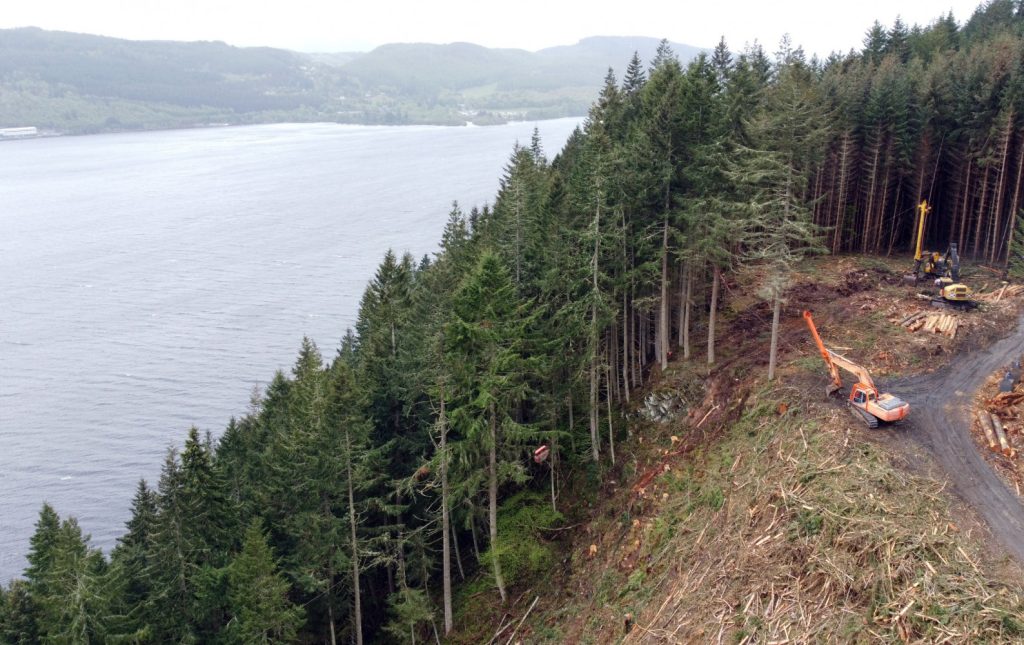

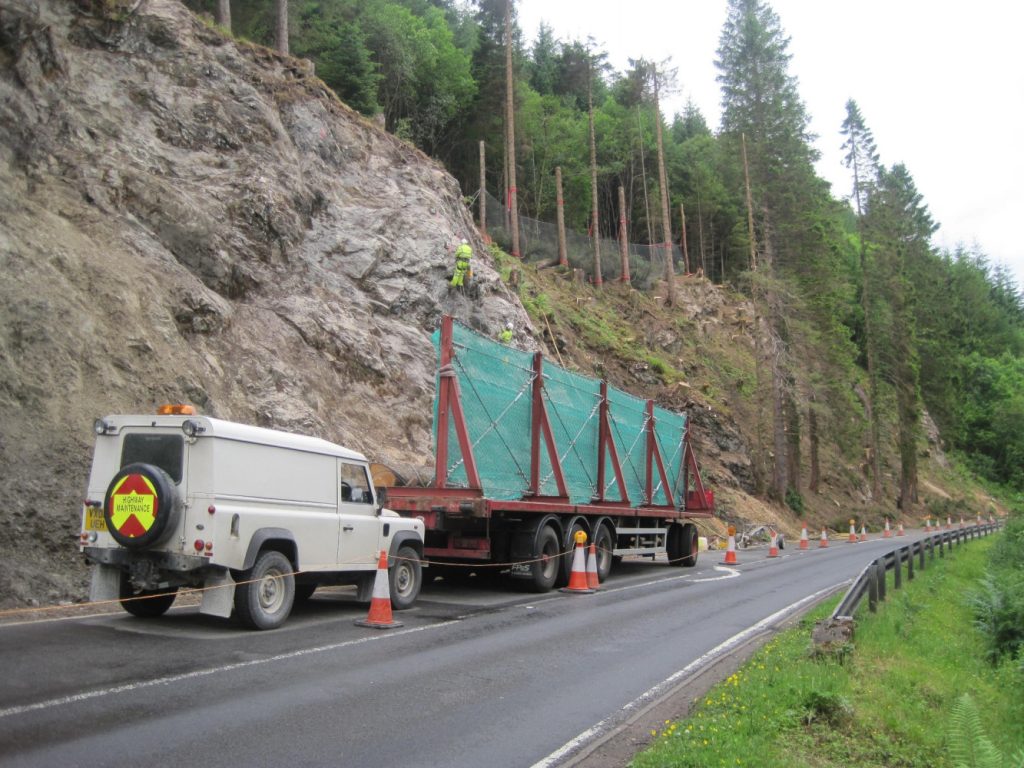

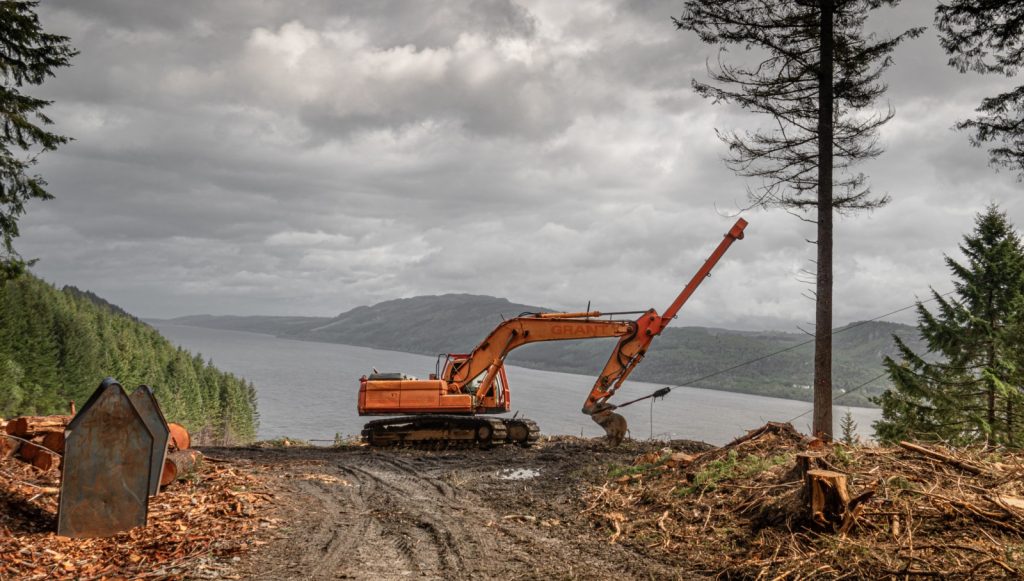

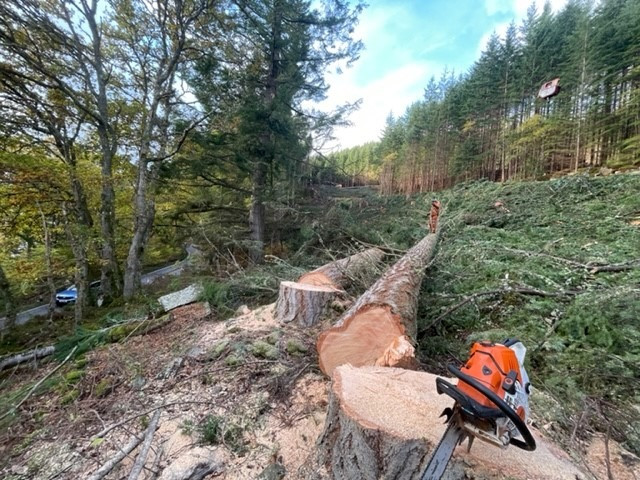

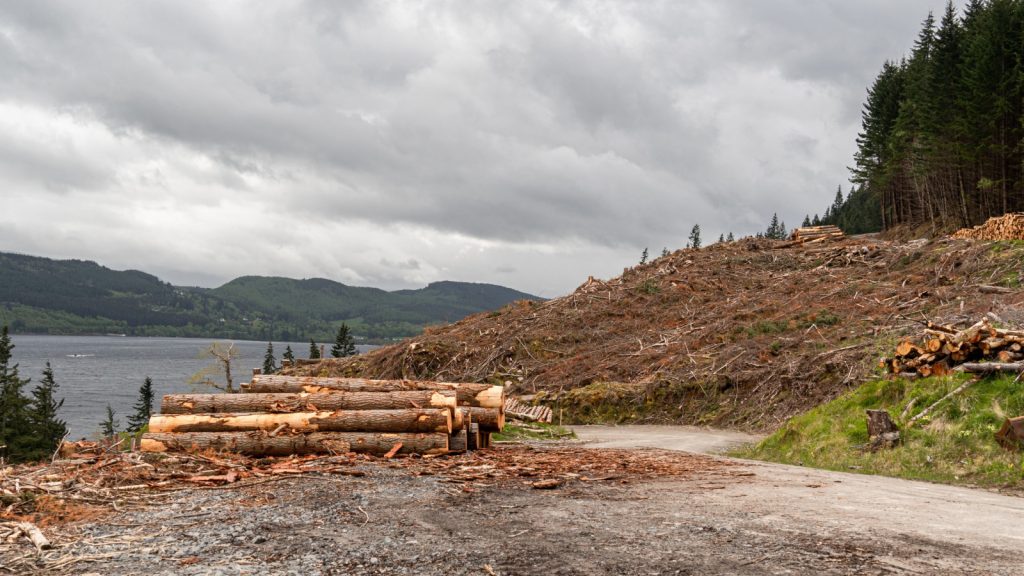

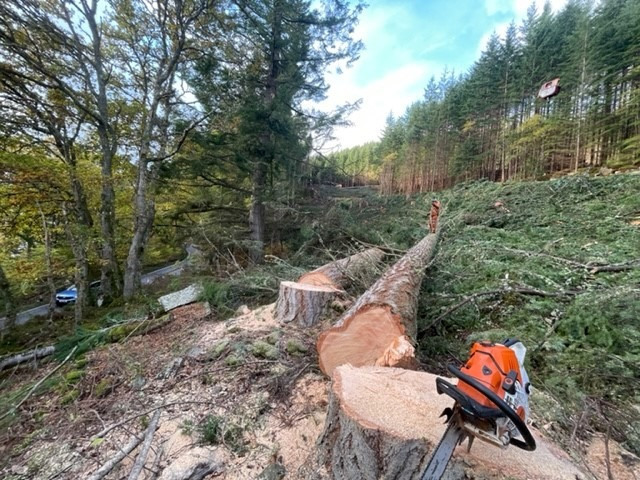

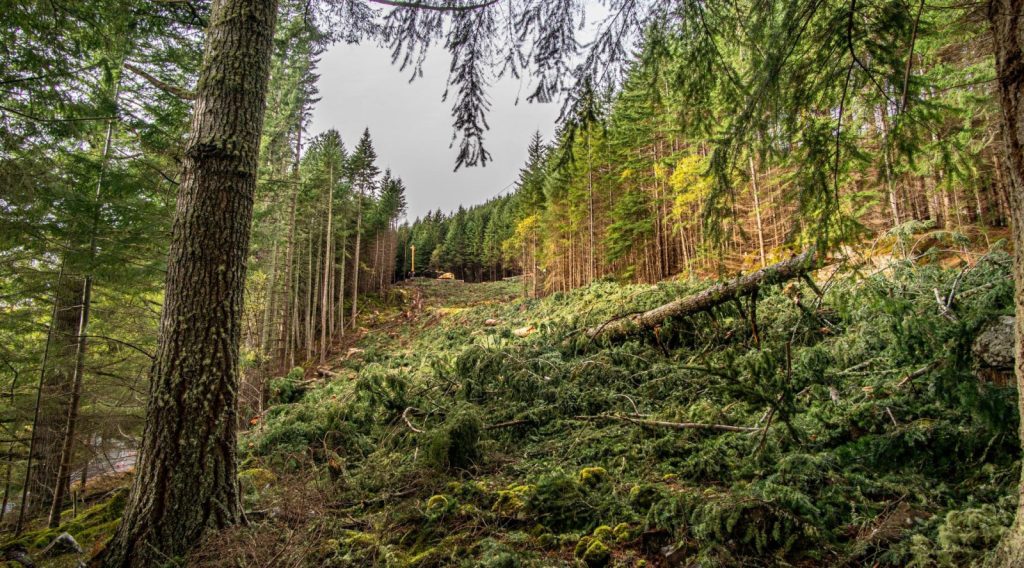

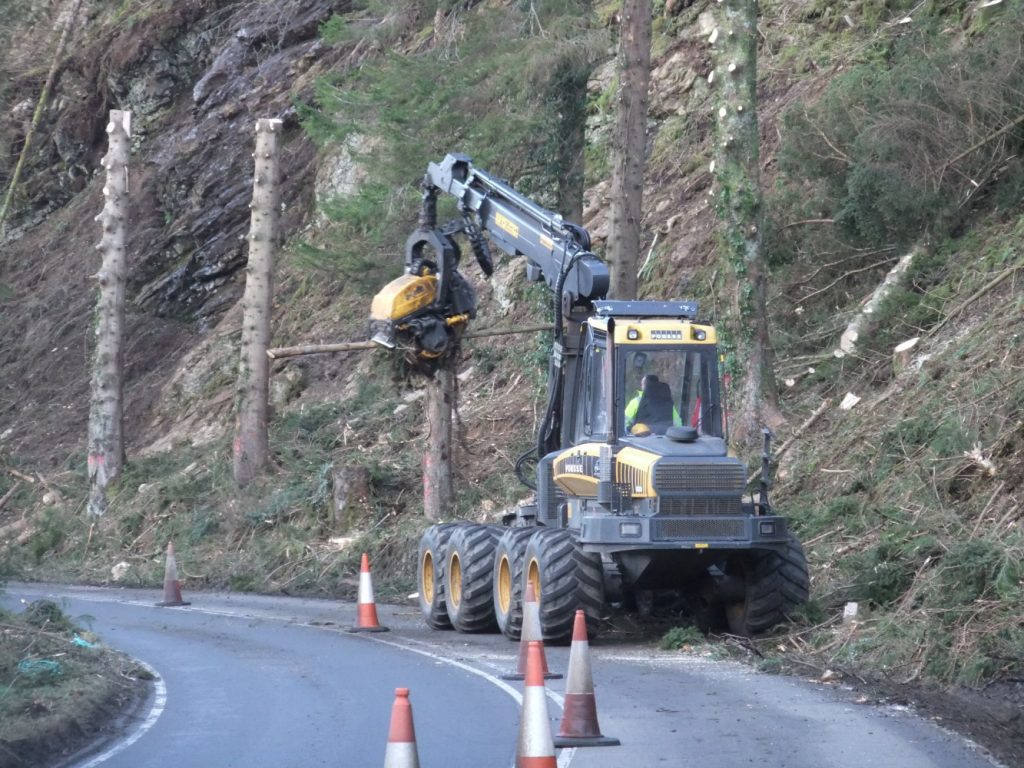

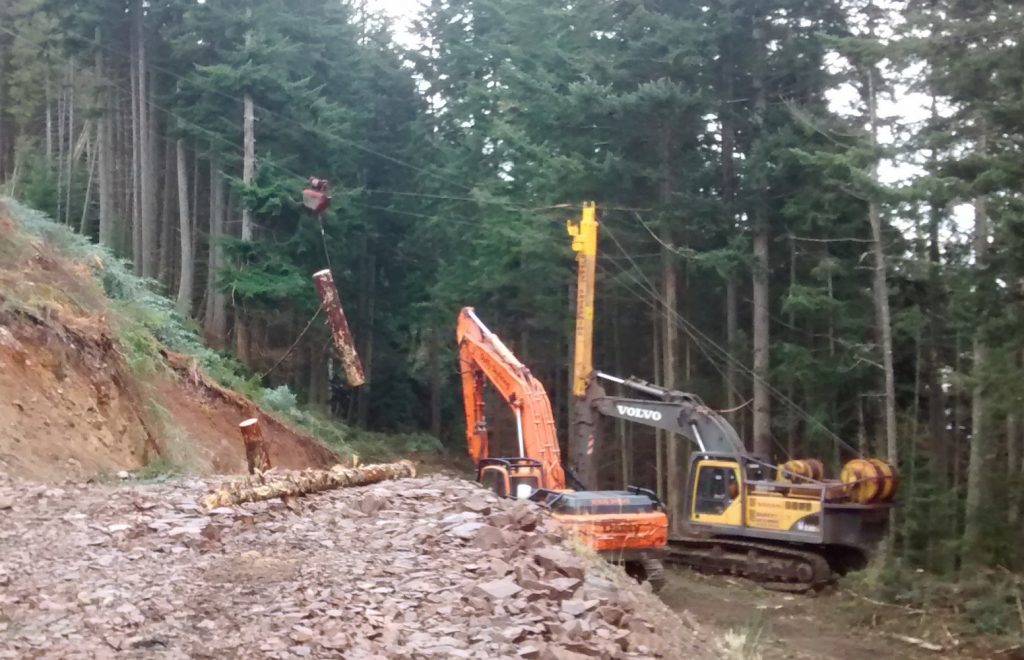

Forest Machine Magazine is written and edited by a forest professional with over 40 years hands on experience. We are dedicated to keeping you informed with all the latest news, views and reviews from our industry.
To support us you can subscribe to our bi-monthly magazine which is delivered to your door from only £15 per year.
Subscribe here
#homeoflogging #writtenbyloggersforloggers #loggingallovertheworld

